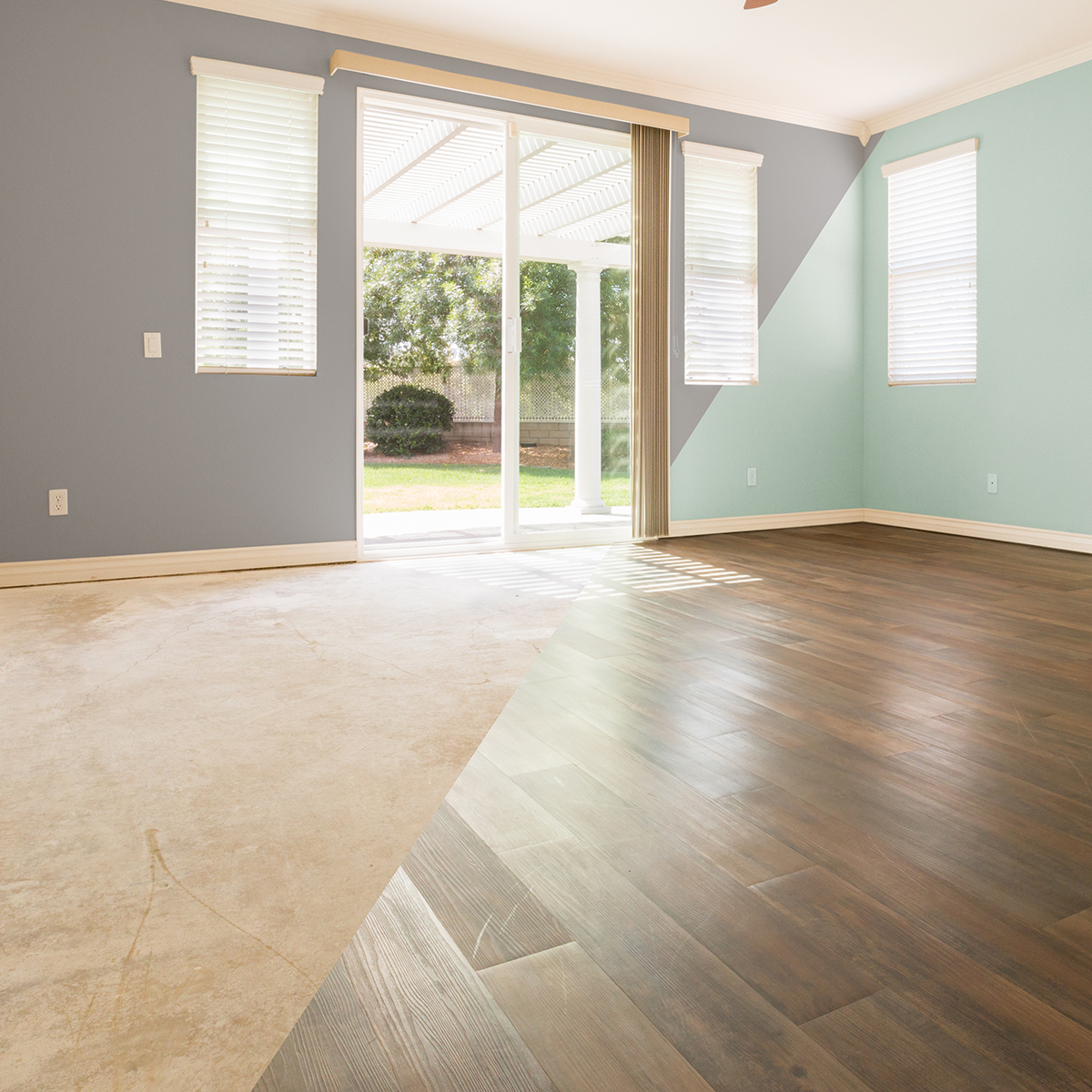Timber floors exude a timeless elegance that can elevate the aesthetic of any space. However, to keep your floors looking pristine after sanding, it’s vital to adopt a diligent maintenance routine. This article will guide you through essential timber floor care practices, ensuring your floors remain as stunning as the day they were sanded.
Understanding Timber Floor Maintenance
Timber floor maintenance is crucial for preserving the natural beauty and longevity of your floors. Proper care not only enhances the appearance but also protects the surface from damage caused by daily wear and tear. Whether you’re wondering how to polish timber or need tips on how to polish hardwood floors, consistent maintenance is key.
Regular Cleaning
One of the simplest yet most effective timber floor care practices is regular cleaning. Dust and dirt can act like sandpaper, scratching and dulling the finish over time. Use a soft-bristle broom or a vacuum cleaner with a floor-brush attachment to remove debris. For deeper cleaning, a damp mop with a pH-neutral cleaner designed for wood floors is ideal. Avoid excessive water, as timber is susceptible to moisture damage.
Polishing Your Timber Floors
Knowing how to polish timber floors properly can significantly extend their life and maintain their sheen. Polishing fills in microscopic scratches and evens out the floor’s surface. Start by selecting a high-quality, water-based polish compatible with your floor’s finish. Apply the polish with a clean, damp cloth or a microfiber mop, working in sections to ensure even coverage. Allow the polish to dry thoroughly before walking on the floor.
How Do You Polish Hardwood Floors?
Polishing hardwood floors follows a similar process but requires attention to specific details. Before polishing, ensure the floor is clean and free from dust. Choose a polish that matches the type of finish on your hardwood floors—whether it’s oil-based or water-based. Apply the polish in thin, even layers and buff it with a soft cloth to achieve a glossy finish. Regular polishing every few months will help maintain the floor’s lustrous appearance.
Protection and Prevention
Protecting your timber floors from potential damage is a crucial aspect of timber floor maintenance. Implementing a few preventive measures can save you time and money in the long run.
Use Rugs and Mats
Strategically placing rugs and mats in high-traffic areas can prevent dirt and moisture from reaching your floors. Ensure that rugs have non-slip backings to avoid accidents and that they are regularly cleaned to prevent dirt accumulation.
Furniture Pads and Floor Protectors
Furniture can cause scratches and dents on timber floors. Attach felt pads or rubber protectors to the legs of chairs, tables and other furniture. This simple step can significantly reduce the risk of damage when moving items around.
Control Indoor Climate
Timber is sensitive to changes in humidity and temperature, which can cause it to expand or contract. Use a humidifier in dry months and ensure proper ventilation to maintain a stable indoor climate. This will help prevent warping and gaps between floorboards.
Long-Term Timber Floor Care
In addition to regular cleaning and polishing, long-term timber floor maintenance involves periodic professional care and refinishing.
Professional Sanding and Refinishing
Over time, even the most well-maintained timber floors may show signs of wear. Periodic sanding and refinishing, done by professionals like J&J Floor Sanding, can restore the floor’s original beauty. This process involves sanding away the old finish and applying a new one, revitalising the floor’s appearance and adding an extra layer of protection.

